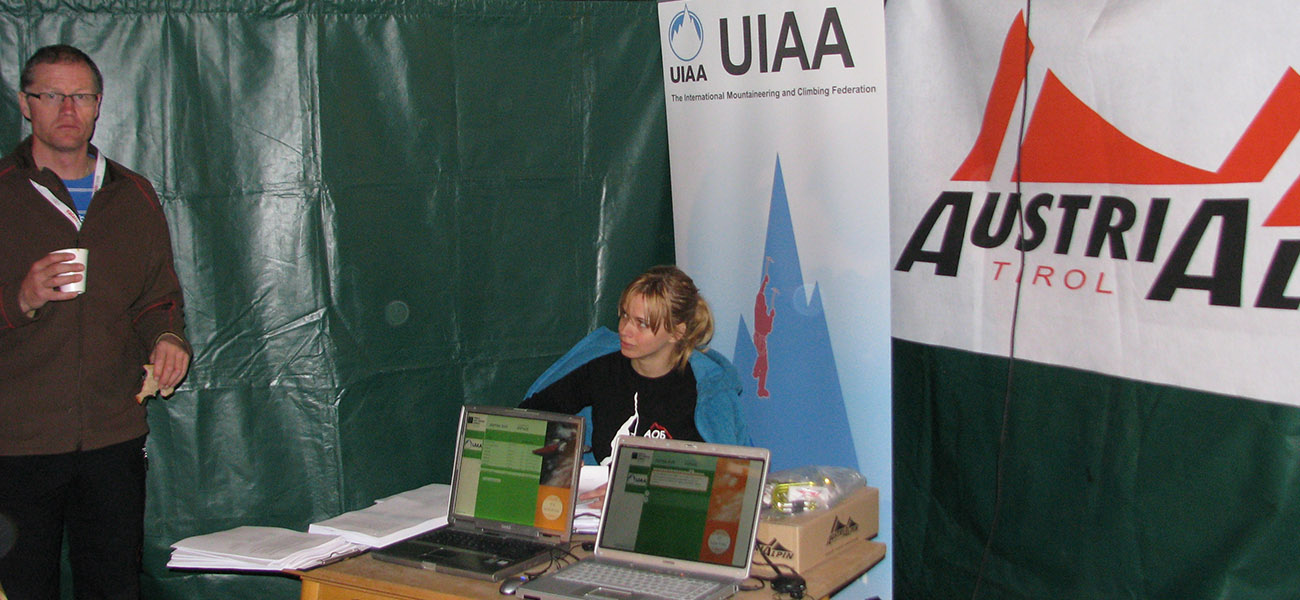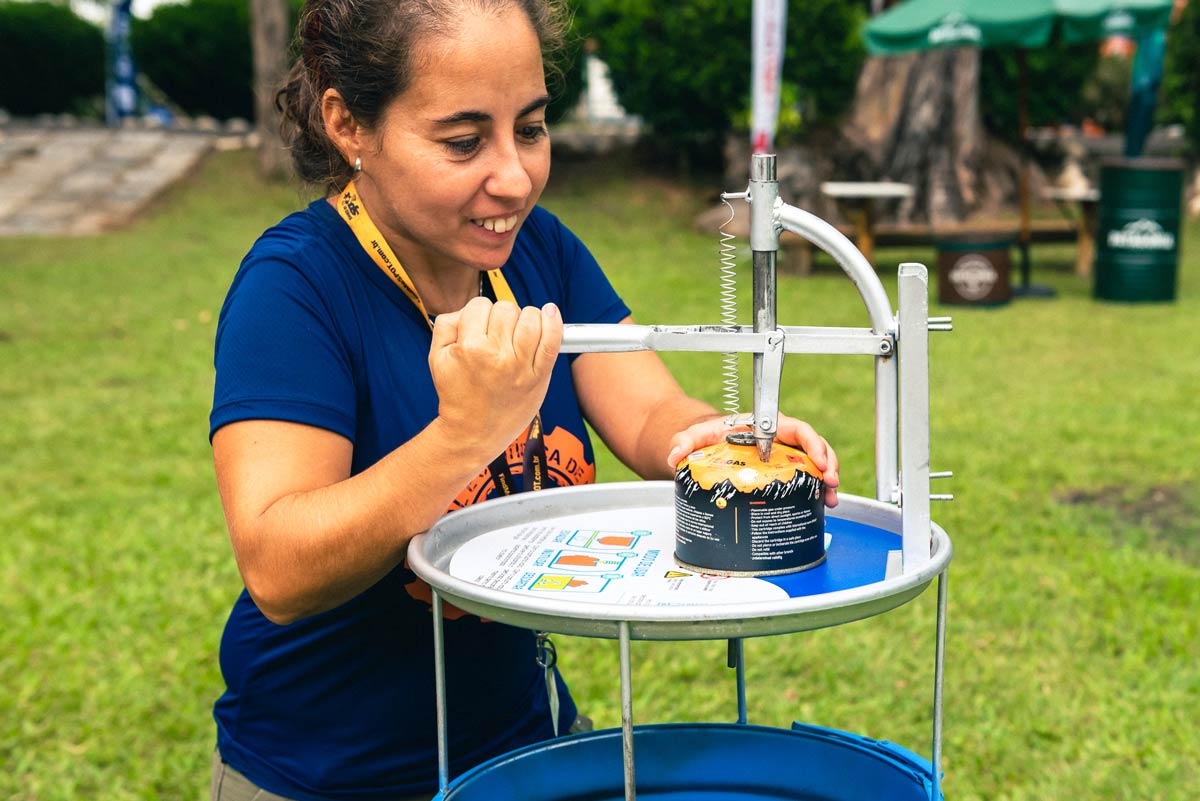Editor’s Note: Dr Nenad Dikic and Dr Marija Andjelkovic of the UIAA Anti-Doping Commission update us significant changes between to the World Anti-Doping Code, with the new code becoming effective on 1 January 2015:
The World Anti -Doping Code (“the Code”) is the core document that provides the framework for harmonized anti-doping policies, rules and regulations within sports organizations and among public authorities. The ultimate goal is for all athletes to benefit from the same anti-doping procedures and protections, no matter the sport, the nationality, or the country where tested, so that all athletes may participate in competition that is both safe and fair.
The World Anti-Doping Code was first adopted in 2003, became effective in 2004, and was then amended, effective January 1, 2009. The 2015 Draft Code, version 4.0, incorporates revisions to the Code that were approved by the World Anti-Doping Agency Executive Committee on September 11, 2013.The 2015 Draft Code was presented to WADA’s Foundation Board in Johannesburg, South Africa in November 2013 for approval and it will come into effect on January 1, 2015.
The purpose of revising the Code is to leverage WADA’s and stakeholders’ experience garnered through several years of practical implementation of the Code in order to strengthen the global harmonized fight against doping in sport. The Revised Code is the result of an intensive review process of the 2009 Code and associated International Standards that lasted approximately 18 months.
This is overview of mayor changes organized into seven general themes, including the key changes related to each theme.
Theme One: The 2015 Code amendments provide for longer periods of Ineligibility for real cheats, and more flexibility in sanctioning in other specific circumstances.
There was a strong consensus among stakeholders, and in particular, athletes, that intentional cheaters should be ineligible for a period of four years. That is one of the mayor changes in 2015 Code.
Theme 2: Consideration of the Principles of Proportionality and Human Rights.
A number of stakeholders suggested that the applicability of the principles of proportionality and human rights should be expressly stated in the Code. Several Code provisions have been modified to better take those principles into account.
Theme Three: The 2015 Code amendments support the increasing importance of investigations and use of intelligence in the fight against doping.
There is a strong consensus among the stakeholders that the role of investigations in the fight against doping should be highlighted in the Code and that cooperation of governments and all stakeholders in anti-doping rule violation investigations is important.
Theme Four: Amendments to the 2015 Code have been included to better reach Athlete Support Personnel who are involved in doping.
Doping frequently involves coaches, trainers, or other Athlete Support Personnel. Additionally, in many cases, those Athlete Support Personnel are outside the jurisdiction of anti-doping authorities. There was widespread support among the stakeholders to revise the Code to better address the problem of the role of Athlete Support Personnel in doping.
Theme Five: The 2015 Code amendments place additional emphasis on the concepts of smart test distribution planning, and smart menus for Sample analysis.
The 2015 Code amendments address this problem by providing that WADA, in consultation with International Federations and other Anti-Doping Organizations, will adopt a Technical Document that identifies those Prohibited Substances or Prohibited Methods that are most likely to be abused in particular sports and sport disciplines. That document will be used by Anti-Doping organizations in test distribution planning and by laboratories in the analysis of Samples.
Theme Six: The 2015 Code amendments attempt to be both more clear and fair in balancing the interests of International Federations and National Anti- Doping Organizations.
International Federations and National Anti-Doping Organizations both play a critical role in the fight against doping. The efforts of both should be collaborative and coordinated. If they are not, the system is less effective and in many cases it is the clean Athletes who suffer.
Theme Seven: Making the Code clearer and shorter.
The stakeholders want the Code to be clear and to address the many different types of situations which may arise so that there are no loopholes and so that the application of the Code is harmonious. On the other hand, everyone wishes that the Code could be a shorter and less technical document. It was not uncommon in the submissions for a stakeholder to express a desire that the Code should be made shorter and then to suggest a number of technical additions, which although useful in making the Code more clear, would also add to its length.



